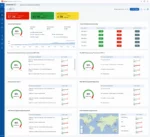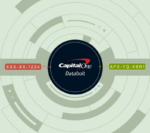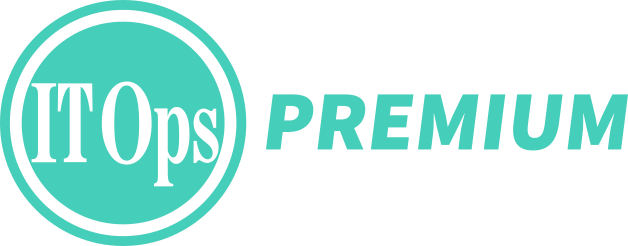
RSA Conference is taking place this week in San Francisco, and the first day kicked off with a number of announcements from security companies.
Here are some highlights from the event.
Bugcrowd announces “Red-team-as-a-service” offering
The new offering will connect customers with a network of vetted ethical hackers that can take on red teaming tasks.
Customers will be able to customize their RTaaS engagement based on their specific needs, budget constraints, and organizational maturity.
“Bugcrowd was founded on the bug bounty hunter mindset, an objective that aligns perfectly with Red Team operators,” said Dave Gerry, CEO of Bugcrowd. “This launch is a significant milestone for Bugcrowd as it brings a pioneering solution to life. We are excited to see the power of The Crowd in action in RTaaS and enhance our customers’ always-on approach to security testing.”
Netwrix expands 1Secure SaaS platform
New capabilities expand the platform into the Microsoft ecosystem. Key updates include the ability to identify and classify sensitive data in SharePoint Online, Teams, and OneDrive; sensitivity labels in Microsoft 365; monitoring of link sharing in SharePoint Online, Teams, and OneDrive; automated remediation of sensitive data; and data loss prevention capabilities.
The 1Secure platform also now includes the Netwrix AI, which helps security teams by providing tailored remediation steps and prioritization of issues based on their likelihood to expose sensitive data.
Apiiro releases Software Graph Visualization
This new offering is an interactive map, providing organizations with a way to visualize their software architecture across all components, vulnerabilities, toxic combinations, blast radius, data exposure, and material changes.
“Software Graph Visualization eliminates the need to interview developers or use self-based attestation questionnaires that make it hard to identify how software components connect and where security risks emerge,” said Idan Plotnik, co-founder and CEO of Apiiro. “By using AI agents to generate a visual map of the entire software inventory—along with contextual security review questions and threat model stories—security teams can quickly identify, prioritize, remediate, and communicate risks, all backed by clear, data-driven insights that support faster, more informed decisions.
Sumo Logic announces new AI-powered threat detection capabilities
The latest capabilities combine telemetry, context, automation, and AI to enable companies to best protect against modern AI-powered attacks.
The updates include the ability to use multiple intelligence feeds, UEBA historical baselining, and AI-driven Insight Summaries from log and detection data. It is also introducing “Detection-as-Code,” which applies software development practices to threat detection, like testing, refining, and deploying detection logic at scale.
Fortanix to preview Armet AI
Armet AI is a platform that secures generative AI setups, including data access, ingestion, vectorization, LLM inference, and response handling. According to the company, this new offering will enable organizations to provide LLMs with the context they need for coming up with useful and tailored responses, while also putting guardrails in place to ensure sensitive data is protected.
“With Armet AI, we’re redefining what’s possible by protecting every aspect of the enterprise’s GenAI pipeline. We look forward to providing RSA attendees an exclusive preview of the technology,” said Anand Kashyap, CEO and founder of Fortanix.








